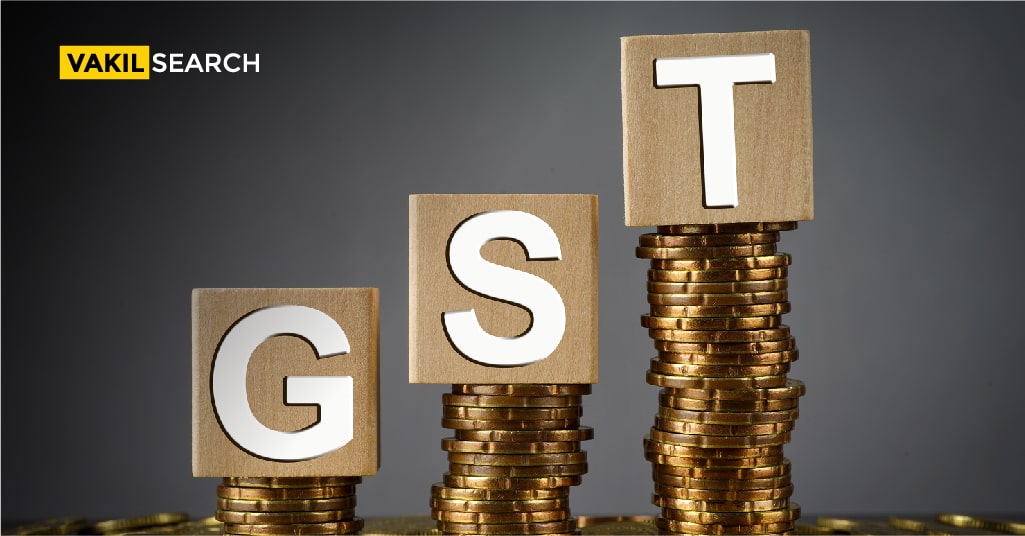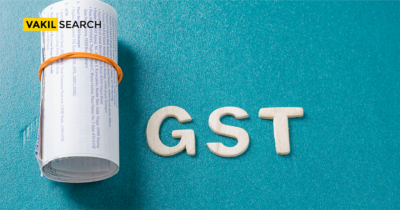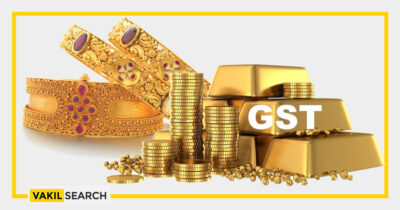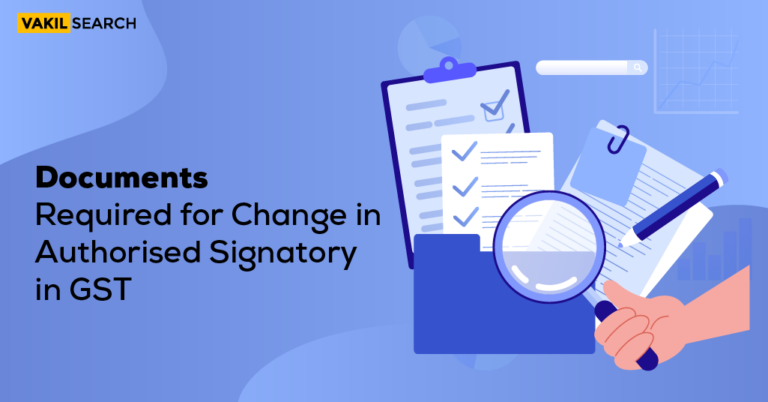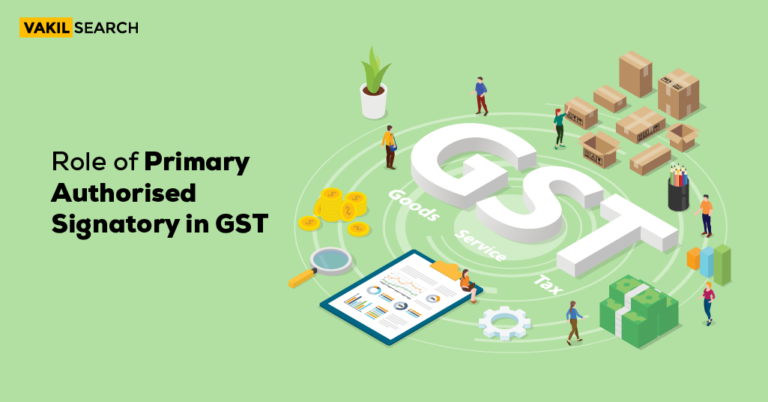Small taxpayers benefit from vat composition schemes by simplifying and reducing compliance costs. A person opting to pay tax under this scheme can pay a prescribed percentage of his quarterly turnover instead of paying normal tax rates.
Introduction
In 2005, Value Added Tax or VAT was introduced in place of Sales Tax. In 2017, VAT was replaced or, rather, renamed as Goods and Services Tax or GST. With the introduction of GST, all indirect taxes related to the sale of goods or services are to be taxed under the GST scheme, thus streamlining the indirect taxation structure in the country, which was previously plagued by a multitude of tax mechanisms for different stages of a sale. The one big difference between the GST and VAT schemes is the modus operandi of tax collection.
Under the VAT system, every state formulated its own rates and procedures for VAT and directly collected the tax. Under the GST regime, collection happens in a centralised manner and then redistributed amongst the states as due to them based on their contribution. As it can be easily inferred, there is a lag between the tax revenue accrued and the tax revenue received.
Keeping this in mind, three items were kept out of the purview of GST: petroleum products, alcohol for human consumption and electricity.
These three items are the biggest generators of revenue for almost every state. To avoid crippling the cash flow of state economies, the prerogative to collect taxes on these three items remains with the states. These items continued to be taxed under the VAT regime and are eligible to avail of schemes under that system. One such scheme is the VAT Composition Scheme. Let us take a look at what is the VAT composition scheme and how it works.
VAT Composition Scheme
The VAT composition scheme was formulated keeping in mind small businesses and start-ups. Let us look at the eligibility criteria and the scheme’s benefits.
The VAT Composition Scheme applies to all traders in India with an annual turnover ranging between ₹10 lakh and ₹50 lakh.
VAT Composition Scheme Eligibility
- You should have a TIN/sales tax / VAT number
- It would help if you had a turnover of ₹10 lakh to ₹ 50 lakh in the past year
- All your purchases and sales must be within the same state. Therefore, if even a part of your turnover is from sales to another state or through export, you are not eligible
- You may not purchase any goods from a wholesaler/dealer that has already opted for the Composition Scheme
However, certain types of businesses are ineligible for the composition scheme despite meeting the above requirements. They are:
- Businesses involved in interstate sales
- Businesses involved in interstate purchases
- Businesses involved in the export of goods
- Businesses that make inter-state stock transfers
Benefits Of The VAT Composition Scheme
Maintaining records, making payments and filing returns is a costly and cumbersome process that may be asking too much from a small dealer trying to grow a business. For this reason, the Composition Scheme provides a range of benefits to reduce the statutory requirements. The biggest benefit of this scheme is the fixed rate of taxation.
The businesses eligible for the composition scheme are required to pay a fixed tax rate lower than what others would pay and are not required to file monthly returns. Instead, they can opt for a form that allows them to file their returns on a quarterly and even annual basis, depending on their business. You may wonder why, of course, the government would offer such a scheme. The simple answer is that, in its absence, many small-time traders would only bother registering with the tax authorities for VAT Composition Scheme.
GST Composition Levy
The advantages of the VAT composition scheme were too lucrative to abandon and hence were carried forward into the GST regime as a GST composition scheme levy with a few changes.
The composition levy is an alternative method of levy of tax designed for small
taxpayers whose turnover is up to Rs. 75 lakhs with the exception of Arunachal Pradesh, Assam, Manipur, Meghalaya, Mizoram, Nagaland, Sikkim, Tripura and Himachal Pradesh where the threshold is Rs. 50 lakhs.
The objective of the composition scheme is to bring simplicity and reduce compliance costs
for small taxpayers. Moreover, it is optional, and the eligible person opting to pay tax
under this scheme can pay tax at a prescribed percentage of his turnover every quarter
instead of paying tax at the normal rate.
The tax rates applicable to the businesses under this scheme are as follows:
Category of Registered person Rate of Tax
Manufacturers other than manufacturers of such
goods as may be notified by the Government (Ice
cream, Pan Masala, Tobacco products etc.)
2% (1% Central tax plus
1% State tax) of the
turnover
Restaurant Services 5% ( 2.5% Central tax plus
2.5% SGST) of the turnover
Traders or any other supplier eligible for
composition levy
1% ( 0.5% Central tax plus
0.5% State tax) of the
turnover
No Input Tax Credit
With both VAT & GST, tax is collected at every step of the trading process. Let’s say wholesaler.
A sells to dealer B stock worth ₹1 lakh. On this amount, dealer B pays VAT of, say, ₹4000. Then dealer B sells to trader C for Rs. 1.2 lakh. Trader C now pays VAT of ₹5000.
Under the normal system, when trader C sells the goods, for say ₹2 lakh, he can collect VAT of ₹ 8000 but must only pay ₹3000 to the government (as ₹5000 has already been paid to the dealer.
B). This is known as Input Tax Credit.
But businesses opting for the composite levy are not eligible for this input credit. The entire amount collected from the consumer must be deposited with the exchequer.
However, the cascading effect is mitigated through a refund process where businesses can submit their books for examination and reclaim the taxes paid on the purchase of raw materials and other costs incurred in manufacturing the final product.
For this reason, traders that are purchasing from dealers or wholesalers opt against the VAT Composition Scheme.
When a business transitions from the composition scheme to the normal scheme, all input credit due is credited retrospectively to the account of the business.
Conclusion
The VAT composition scheme is all but redundant now, given that only three types of businesses are eligible for it; petroleum products, alcohol for human consumption and electricity. And businesses trading in these commodities are not likely to meet the maximum threshold of eligibility. The GST composition levy, however, is relevant, and hence small businesses can opt for this scheme and avail of its benefits.
Taxation can be confusing and cumbersome. But with the right guidance and advice, businesses can structure their taxation not only to ensure that the business is abiding by the regulations but can also avail useful schemes like the composition scheme and surge the growth of their business. If you have any tax-related queries or require guidance with regard to your tax structuring, then get in touch with us today, and we will connect you to our team of tax experts, who will ensure that all your requirements are met.


